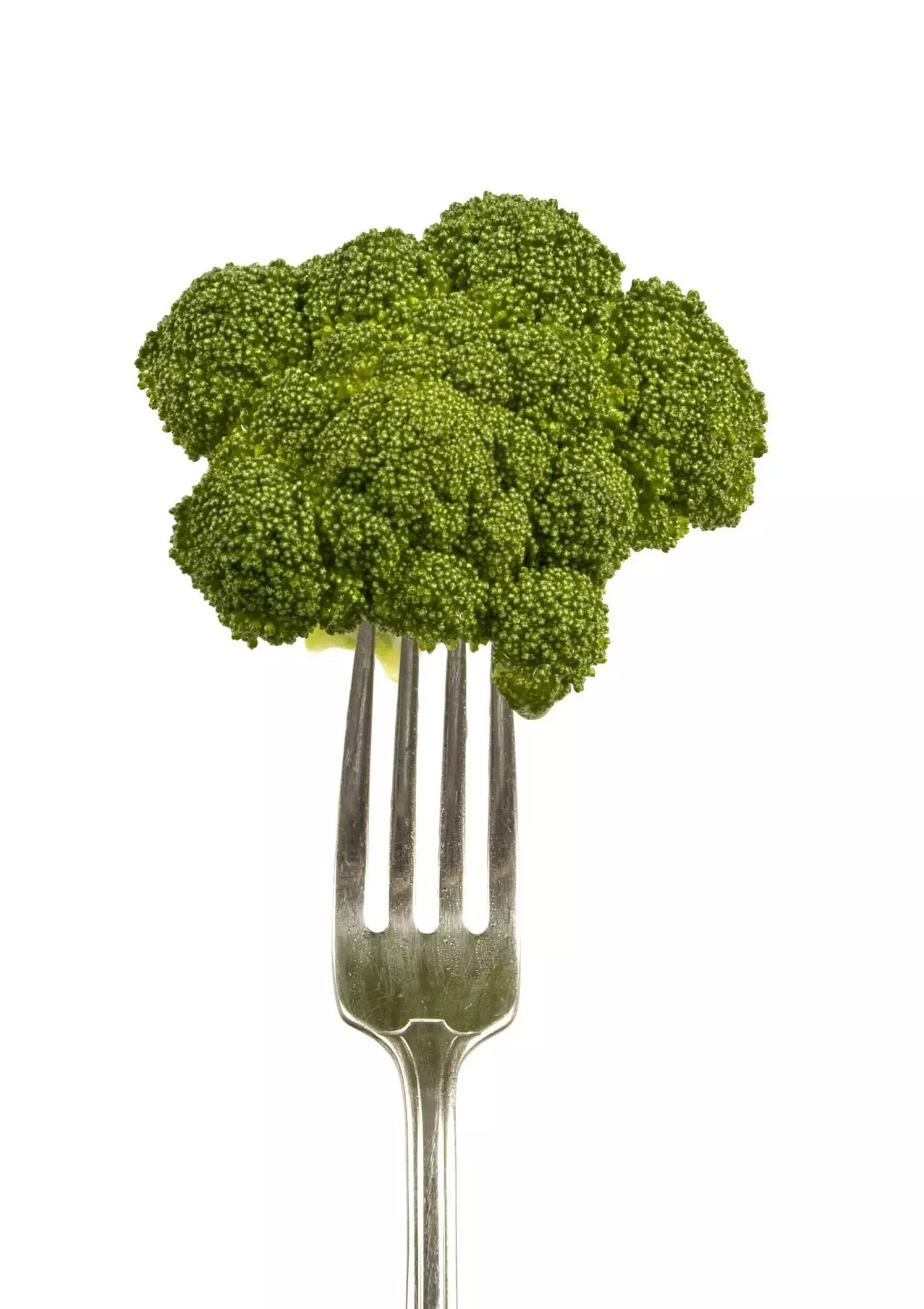
How to Start a Keto Diet: Your Complete Guide to Success
Welcome to your complete guide on how to start a keto diet! The keto diet is a low-carb, high-fat diet that has been gaining popularity for its ability to help people lose weight and improve their overall health. In this article, we will cover everything you need to know about the keto diet, including what it is, how it works, and tips for success. Let’s get started!
What Is the Keto Diet and How It Works?
The keto diet is a type of diet that focuses on consuming foods that are high in fat and low in carbohydrates. By doing so, your body enters into a state called ketosis, where it burns fat instead of glucose as fuel. This process can lead to rapid weight loss and improved blood sugar levels, among other benefits.

To achieve ketosis, you should aim to consume around 70% of your calories from fats, 25% from protein, and only 5% from carbs. This may seem challenging at first, but with careful planning and dedication, you can successfully transition into a keto lifestyle.
Getting Started With Your Keto Diet Plan
So, now that you understand what the keto diet is all about, let’s talk about how to get started. Here are some steps you can take:
1. Cut out processed foods and sugary drinks from your diet immediately. These items are high in carbs and can prevent you from entering ketosis.
2. Stock up on healthy fats such as avocado, nuts, seeds, olive oil, coconut oil, and fish. These foods will become staples in your new keto diet.
3. Incorporate more vegetables into your meals. Leafy greens like spinach and kale are great sources of fiber and nutrients while being low in net carbs.
4. Consider using a macronutrient tracker app or website to keep track of your daily intake of fats, proteins, and carbs. This will help ensure that you stay within your target range.
Foods to Eat (and Avoid) on a Keto Diet
Now that you have an idea of how to get started with your keto diet plan, let’s dive deeper into which foods you should be eating (and avoiding). Here are some guidelines:

EAT:
Fatty cuts of meat such as bacon and steak
Fish and seafood
Nuts and seeds
Avocados
Low-carb veggies like leafy greens, broccoli, cauliflower, etc.
AVOID:
Grains such as bread, pasta, rice, cereal, etc.
Sugar and artificial sweeteners
Processed snacks like chips and crackers
High-carb fruit like bananas and grapes
Macronutrient Ratios for Successful Fat Burning
One of the most important aspects of the keto diet is maintaining the right macronutrient ratios. As mentioned earlier, you want to aim for around 70% of your calories coming from fats, 25% from protein, and only 5% from carbs. To give you an idea of what these numbers look like in real life, here are some examples:
If you eat 2,000 calories per day, you would aim to consume around 165 grams of fat, 125 grams of protein, and 25 grams of carbs.
If you eat 3,000 calories per day, you would aim to consume around 228 grams of fat, 175 grams of protein, and 38 grams of carbs.
Meal Planning and Recipes for the Keto Diet
Once you have a good understanding of the basics of the keto diet, it’s time to start planning your meals. There are plenty of delicious recipe options available online, but here are some general guidelines to follow when creating your own meal plans:
Breakfast: Try making eggs with cheese and spinach, or a smoothie bowl with almond milk, berries, and nut butter.
Lunch: Grilled chicken salad with mixed greens, avocado, and balsamic vinaigrette. Or try a tuna salad lettuce wrap with celery sticks on the side.
Dinner: Pan-seared salmon with roasted Brussels sprouts and sweet potato mash. Or make a spaghetti squash carbonara with turkey bacon and egg yolks.
Common Questions About the Keto Diet Answered
Finally, let’s address some common questions that people often ask about the keto diet:
Will I feel hungry on the keto diet? While some people report feeling hungrier than usual during the initial adjustment period, many others find that they feel less hungry due to the increased satiety provided by healthy fats. Be sure to listen to your body and eat until you feel satisfied.
Can I still enjoy dessert on the keto diet? Yes, there are plenty of keto-friendly dessert options available such as dark chocolate, berries, and whipped cream. You can also use low-carb sweeteners like erythritol or stevia to create delicious treats like cookies and brownies.
What if I don’t see results right away? Remember that the keto diet takes time to work effectively. Some people may experience faster results than others depending on factors like genetics and starting weight. Stick with it and trust the process – you won’t regret it!
That concludes our ultimate guide to starting a keto diet. We hope this information helps you kickstart your journey towards better health and wellness. Good luck!

